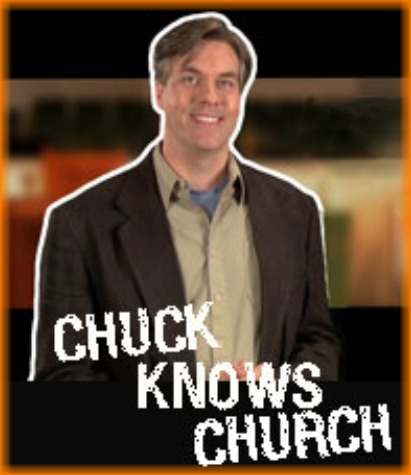A favorite hymn is How Great Thou Art
“Great is the Lord, and greatly to be praised, and His greatness is unsearchable.” Psalm 145:3
“Great is the Lord, and greatly to be praised, and His greatness is unsearchable.” Psalm 145:3
“How Great Thou Art” was the opening hymn at Pender’s 9:00 am Traditional Service on October 1, 2023 It was sung by Pender’s Sanctuary choir, congregation and accompanied on piano by Heidi Jacobs.
“How Great Thou Art” was the opening hymn at Pender’s 9:00 am Traditional Service on October 1, 2023 It was sung by Pender’s Sanctuary choir, congregation and accompanied on piano by Heidi Jacobs.
“How Great Thou Art” is a Christian hymn based on a Swedish poem written by Carl Gustav Boberg (1859–1940) in Sweden in 1885. The melody is a Swedish folk song. Its popularity is due in large part to its wide use by gospel singers, notably George Beverly Shea of the Billy Graham Evangelistic Team.
The original Swedish text was a poem entitled “O Store Gud.” written by a Swedish pastor, the Reverend Carl Boberg, in 1886. In addition to being one of the leading evangelical preachers of his day. Boberg was also the successful editor of the periodical Sanningsvittnet. His inspiration for this text is said to have come from a visit to a beautiful country estate on the southeast coast of Sweden. He was suddenly caught in a midday thunderstorm with awe-inspiring moments of flashing violence, followed by a clear brilliant sun. Soon afterwards he heard the calm, sweet songs of the birds in nearby trees. The experience prompted the pastor to fall to his knees in humble adoration of his mighty God, He penned his exaltation in a nine-stanza poem beginning with the Swedish words “O Store Gud, nar jag den varld beskader.”
Several years later Boberg was attending a meeting in the Province of Varmland and was surprised to hear the congregation sing his poem to the tune of an old Swedish melody. It is typically characteristic of many other hymn tunes, i.e., “Day by Day” with its lilting, warm, singable simplicity.
With his original English lyrics and his arrangement of the Swedish folk melody, Mr. Stuart K. Hine published what we know today as the hymn “How Great Thou Art.” Assignments of copyrights and publication rights to an American publishing firm in 1954 helped spread the popularity of this hymn. In April of 1974 the Christian Herald magazine, in a poll presented to its readers, named “How Great Thou Art” the No. 1 hymn in America.
How Great Thou Art
Verse 1:
O Lord my God, When I in awesome wonder,
Consider all the worlds Thy Hands have made;
I see the stars, I hear the rolling thunder,
Thy power throughout the universe displayed.
Chorus:
Then sings my soul, My Saviour God, to Thee,
How great Thou art, How great Thou art.
Then sings my soul, My Saviour God, to Thee,
How great Thou art, How great Thou art!
Verse 2:
When through the woods, and forest glades I wander,
And hear the birds sing sweetly in the trees.
When I look down, from lofty mountain grandeur
And see the brook, and feel the gentle breeze.
Chorus
Verse 3:
And when I think, that God, His Son not sparing;
Sent Him to die, I scarce can take it in;
That on the Cross, my burden gladly bearing,
He bled and died to take away my sin.
Chorus
Verse 4:
When Christ shall come, with shout of acclamation,
And take me home, what joy shall fill my heart.
Then I shall bow, in humble adoration,
And then proclaim: “My God, how great Thou art!”
Chorus





